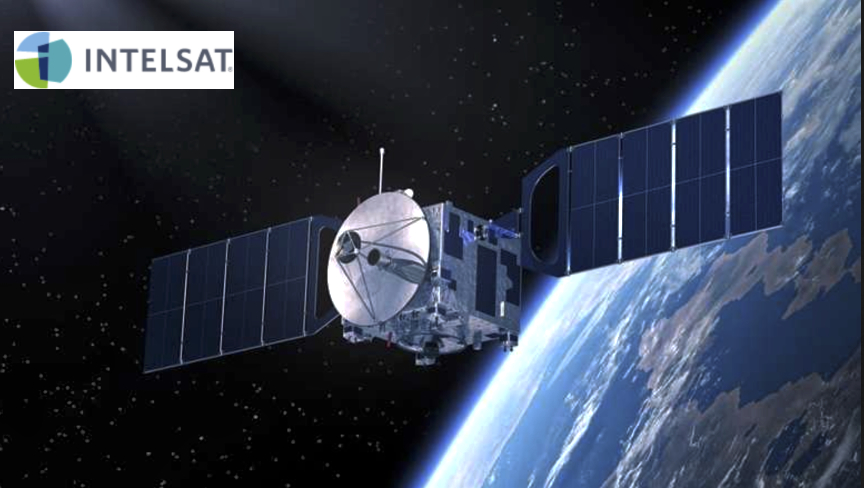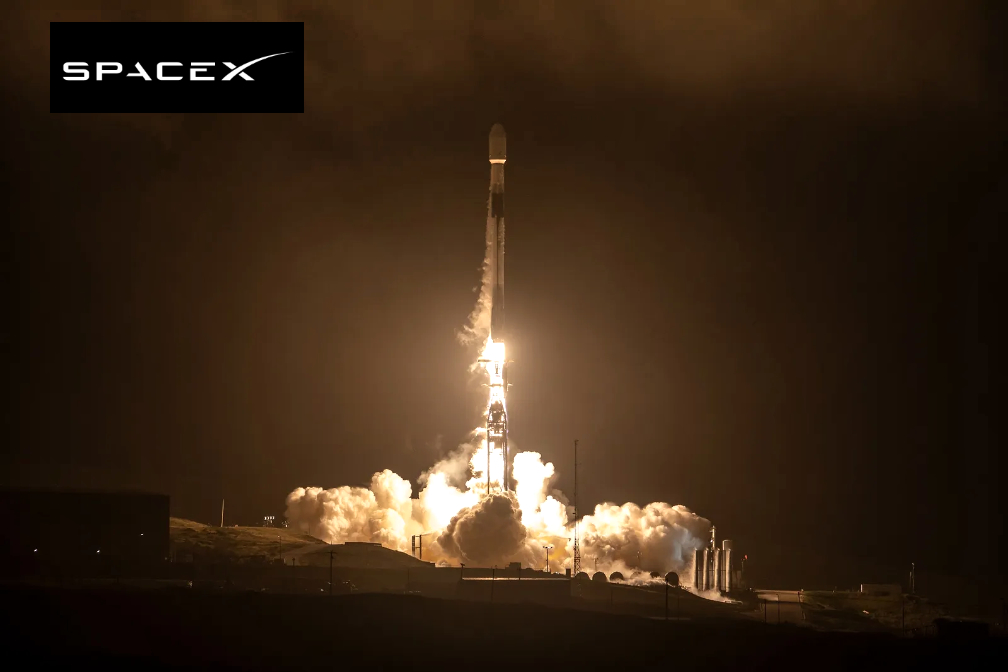

Intelsat has said that FAST channels (Free Ad-Supported Television) are booming worldwide and are disrupting traditional video consumption.
According to Kantar, FAST is the quickest-growing, streaming option in the U.S., with 47 percent of households now using FAST every week. Satellite will play a key role in supplementing FAST channel distribution making FAST content available to those who are unconnected or without a reliable broadband connection.
“WeDo TV, a prominent global FAST channel provider, is bringing its channel, WeDo Big Stories, to the U.S. using satellite capacity on Intelsat’s Galaxy 19 (G-19). This is the first satellite to bring a WeDo channel to the U.S., bringing FAST together with traditional linear distribution. G-19 is an excellent fit for distributing FAST channels as it provides a direct-to-home (DTH), free-to-air (FTA), platform,” said Intelsat.

“WeDo Big Stories will also be incorporating an analytics layer to their channel which will give content providers data and value similar to distributing over IP. Amtecco, a leading innovator in media delivery and transcoding, will be adding a technology layer to monitor viewer analytics, something that traditionally could only be done through payTV services and connected devices. This will provide real-time insights into audience demographics, viewing patterns, and content preferences, information historically unavailable in an open free-to-air environment,” added Intelsat.
Iridium extends satellites to 2035

Iridium Communications, which provides satellite telephony and data services to the planet’s hard-to-reach areas, as well as emergency services, has said the company is adding five years to its current orbital constellation,and has direct-to-smartphone firmly in its sights.
Iridium’s existing mega-constellation of 66 satellites were initially given life-spans of 12.5 years when launched in 2017 or 2019. Those satellite are now expected to serve in orbit for 17.5 years which takes their end-of-life to 2035. CEO Matt Desch said that this date could be further extended, and would save the company CapEx cash on replacements.
Iridium unveiled its Q4 results on February 15 and, during the investor call ,admitted that it had suffered pressure from rival SpaceX and its Starlink service. Iridium’s global commercial broadband service (Certus) suffered a 6 percent decline in ARPU during Q4. Iridium said that many commercial vessels had switched from Certus to Starlink. Iridium is investing R&D in its Project Stardust concept which is designed to allow the network to handle text messages from smartphones to its satellite network.

However, Desch was very cautious on wider direct-to-device services, saying: “Our experience shows that a 2G or 3G offering that only works outside, or inconsistently inside buildings, will not translate well into the mass-market experience that customers now expect from a 5G/6G world.”
Net income was $38 million for Q4, as compared to net loss of $0.8 million for same period in 2022. of 2022. Iridium reported Q4 total revenue of $194.7 million, which consisted of $148 million of service revenue and $46.7 million of revenue related to equipment sales and engineering and support projects. Total revenue was in line with last year’s comparable period and included an 8 per cent increase in service revenue.
Iridium ended the year with 2,279,000 total billable subscribers, which compares to 1,999,000 for the year-ago period and is up from 2,236,000 for the quarter ended September 30th 2023. Total billable subscribers grew 14 per cent year-over-year, driven by growth in commercial IoT.
AST SpaceMobile could challenge Starlink

AST SpaceMobile wants to cover the planet with satellite signals that supply ‘direct-to-cellphone’ connectivity. It already has one satellite in orbit (BlueWalker 3) but says their next craft will be “100 times more powerful” in terms of processing bandwidth — AST recently struck agreements with AT&T, Vodafone and Google and stated the firm has terrestrial links with more than 40 telcos.

If it achieves that ambition, then AST might well be a very real challenger to Elon Musk’s Starlink ,as well as the Apple/Globalstar existing, direct-to-phone service. AST says it is the first and only space-based cellular broadband network accessible directly by everyday smartphones.
On February 8th ,AST announced it had won a major contract from the U.S. government. While the contract’s value was not disclosed, AST said, “We are thrilled to announce this initiative with the United States Government,” said Chris Ivory, CCO/Head of Government Business of AST SpaceMobile. “We believe our patented technology, leveraging our large phased array antenna technology in space, creates opportunities for new mission-critical capabilities in the government sector. We are creating new robust and resilient communications solutions while also facilitating new use cases.”
“This initial firm-fixed-priced contract, for an undisclosed amount, will be supported by the company’s BlueWalker 3 satellite in orbit today, as well as its next five commercial satellites. Revenue-generating contracts like this mark a significant milestone in AST SpaceMobile’s growth trajectory and highlight the versatile, dual-use capabilities of its technology,” stated AST.
AST SpaceMobile is building its next five satellites, but ten of the bigger and better ‘BlueBird’ versions are the ones which will have a ten-fold improvement in throughput, this according to the firm’s official guidance for shareholders.
SpaceX explains D2D smartphone plan

SpaceX has informed the FCC of its plans to expand its current broadband-by-satellite service to include Text and ultimately Voice services.
On February 13th, SpaceX wrote to the FCC saying it wanted to take another step toward realizing the FCC’s own vision of a ‘Single Network Future,’ which would bring ubiquitous mobile connectivity to consumers wherever they are.
SpaceX, in its submission, demonstrated that SpaceX’s supplemental coverage system could operate on a non-interference basis with respect to other (in-band, and out-of-band) cross-border users.
SpaceX concluded its letter by stating, “SpaceX is excited to launch its commercial direct-to-cellular service later this year, with its partner T-Mobile. With this enclosed additional technical information in hand, the Commission can expeditiously grant SpaceX’s applications.”
The move will now see SpaceX start comprehensive tests and then submit the results of those tests to the FCC.

